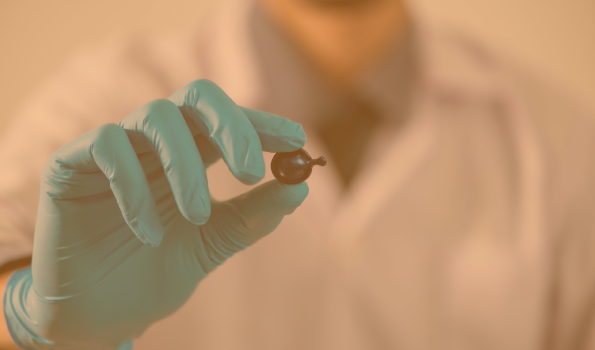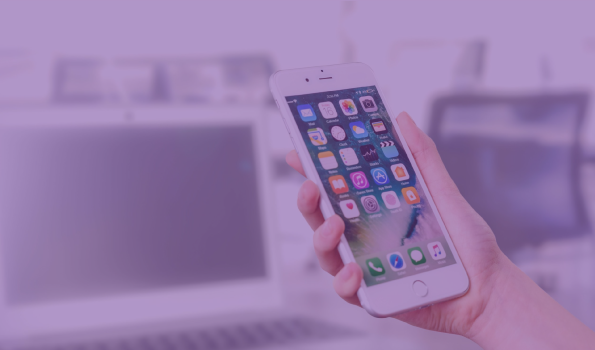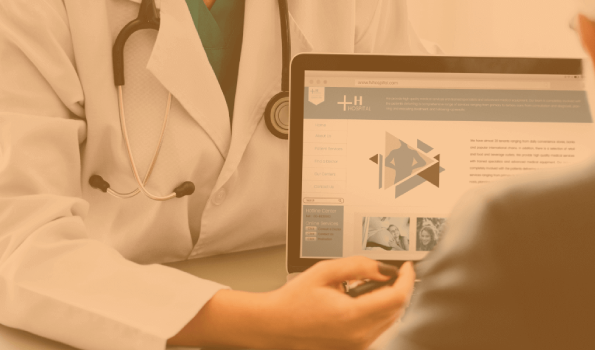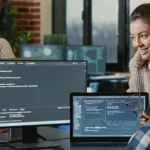Introduction
There’s no bigger business than the business of saving lives. And there hasn’t been a more pertinent time for businesses in healthcare to think out of the box to find solutions to pressing needs. As Centers for Disease Control and Prevention (CDC) reported, in 2012, about half of all adults, nearly 117 million people, worldwide, had chronic diseases and conditions such as heart disease, stroke, cancer, Type 2 diabetes, obesity and arthritis. The need is to prioritize prevention as much as finding cures for diseases as this is the only way to check their rampant spread.
In a span of ten years, there has been a tremendous generation of data and the use of technology to analyze the same. This has given birth to a new industry. The industry of Big Data. By using Big Data effectively, healthcare businesses have found new ways of reducing the number of preventable deaths, curing disease and improving the quality of life, while cutting their business overheads and increasing profitability. Treatment modalities have transformed and that has a lot to do with the way healthcare professionals are using Big Data to make informed decisions about patient care. Now, the impetus is on understanding patient information better and quicker, to predict the onset of illnesses and to cure them in the early stages.
The Inception
One of the most tangible ways data has changed healthcare is in the method used to collect it. Electronic Health Records (EHR) are now a reality across most hospitals in the U.S. at a staggering 94% adoption rate and by this year, a centralized European Health Record system is likely to come into being. EHRs have eliminated the need for paperwork, reduced data duplicity and also allowed for better treatment tracking. Today, the novelty of EHRs has worn off as technology has gotten avant-garde.
Telemedicine has been around for no less than four decades but mobile technology has changed the face of it. With video conference tools and wireless devices, remote yet personalized treatment has been made possible and this has significantly cut costs in healthcare. Patients save money on repeat visits to hospitals and doctors save on valuable time as remote treatment has made some facets of medical treatment location agnostic. Smart wearables have also made their way into the daily life of the common man and it isn’t uncommon for friends and peers to exchange personal data that is collected by means of these devices. Industry experts predict that there will soon come a time when doctors will rely on Big Data as step one in charting treatment plans.
The very fact that some companies are looking to collect and analyze an intangible variable such as stress is a testament to difference Big Data can make. The adoption of preventive analysis, as opposed to traditional statistical analysis, is a clear sign of things to come. Prediction modeling, the basis of preventive analysis, creates a prediction algorithm or profile of an individual using techniques such as artificial intelligence to analyze data. This can lead to better and higher individual outcomes, improve the accuracy of predictive research, and lead to pharmaceuticals creating more effective drugs.
5 ways Big Data is Changing Healthcare
The healthcare industry is booming faster and the need to handle patient care and innovate drugs has risen synonymously. With the rise in such needs, industry adopts new technologies. One such significant shift in the future is the use of Big Data and analytics in the healthcare sector.
Health monitoring
Continuous body vital monitoring along with sensor data collection would allow healthcare providers to keep patients out of the hospital because they can detect possible health problems and provide treatment before the condition gets worse.
Reduced expenses
Insurance companies can save money by endorsing wearables and fitness trackers to ensure patients don’t waste time in hospital. This will save patient waiting times because the hospital already has enough staff and beds available as per the study. Predictive analytics also helps minimize costs by reducing hospital readmissions.
Assisting high-risk patients
Once all medical records are digitized, the ideal data can be obtained to recognize other patients’ patterns. This may consistently recognize patients entering hospital and recognize their medical conditions. This awareness can help improve care for these patients and provide insight into corrective steps to minimize repeated visits.
Preventing human errors
It has been noted several times that the doctors either administer a wrong drug or wrongly assign another medication. These errors may usually be minimized because Big Data can be used to evaluate consumer data and prescription medication.
Healthcare developments
Big Data will significantly support science and technology advancement. Artificial Intelligence, like IBM’s Watson, can be used to surf through multiple data in seconds to find solutions for different diseases
The common thread that runs through the applications of Big Data is the ability to provide real-time analysis of data. When it comes to making a decision on health, time is definitely of the essence and further use of Big Data will help professionals and patients take quick calls without compromising on accuracy.
Conclusion
While most of the Big Data generated is not currently completely used due to limitations of the toolset and funds, it is certainly the future. Invest in the future and using Big Data Analytics as part of an emerging Healthcare Industry by finding support from an established company like ours.
















Recent Comments